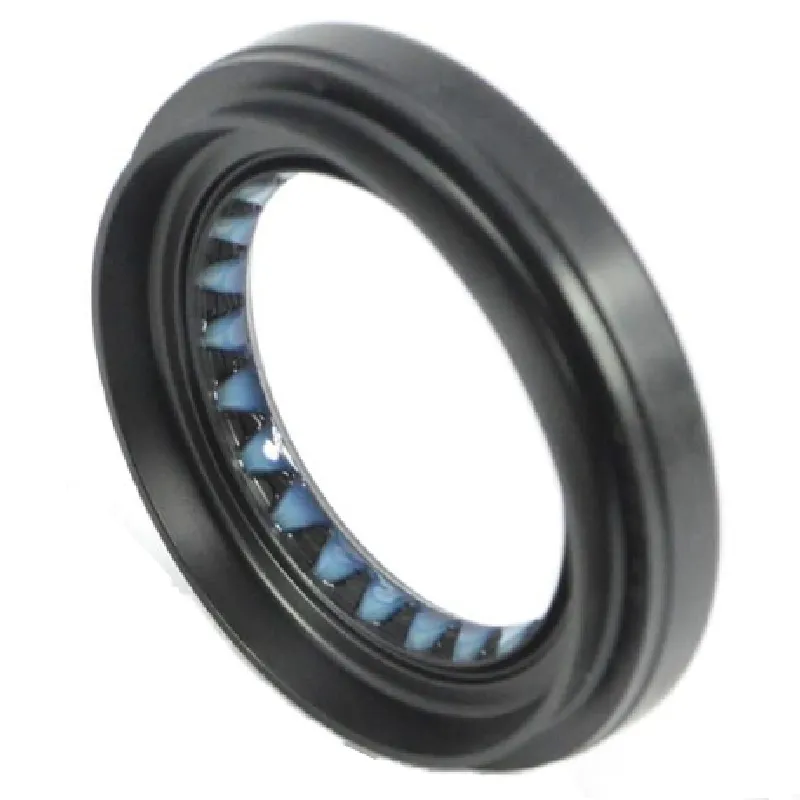14mm Drain Plug for Optimal Sump Performance and Maintenance Solutions
Understanding the 14mm Sump Plug Essential Component for Your Vehicle
The sump plug, often referred to as the oil drain plug, is a critical component in the lubrication system of a vehicle. Specifically, the 14mm sump plug is widely used in several car models and is integral to maintaining the health and performance of your engine. Understanding its function, significance, and maintenance can help vehicle owners effectively care for their automobiles.
What is a Sump Plug?
The sump plug is positioned at the bottom of the oil sump, which collects the engine oil that lubricates various engine components. Its primary function is to provide an outlet for draining old oil during routine maintenance, such as oil changes. Over time, oil accumulates contaminants like dirt, metal particles, and combustion byproducts, making it less effective at lubricating engine parts. Therefore, regular oil changes are essential for the longevity and efficiency of your engine.
The 14mm Specification
The designation of 14mm refers to the size of the sump plug's hex head. This dimension is crucial because it designates the size of the wrench or socket needed to remove or tighten the plug. Using the correct size tool is vital; a mismatched tool can strip the plug or damage the threads in the oil pan, leading to costly repairs.
Most 14mm sump plugs are made of high-quality materials, such as aluminum or steel, and often incorporate a rubber or copper washer to ensure a tight seal when the plug is in place. This sealing capability is important to prevent oil leaks, which can lead to significant engine damage or reduced engine performance.
Maintenance Tips
14mm sump plug

To ensure optimal performance from your 14mm sump plug, there are several maintenance tips to keep in mind
1. Check for Leaks Regularly After an oil change, pay close attention to the area around the sump plug. If you notice any oil seeping out, it may indicate that the plug is not seated properly or that the washer needs replacement.
2. Torque Specifications Adhere to the manufacturer’s torque specifications when tightening the sump plug. Over-tightening can crush the washer, leading to leaks, while under-tightening can result in oil loss.
3. Use Quality Parts When replacing a sump plug or washer, opt for high-quality parts to ensure a proper fit and seal. This can prevent future leaks and extend the life of your engine.
4. Regular Oil Changes Following the vehicle manufacturer's recommendations for oil change intervals will help maintain the engine's health. Take advantage of oil change time to inspect the sump plug and replace it if it shows signs of wear.
Conclusion
The 14mm sump plug may seem like a small and mundane component, but it plays a significant role in the performance and longevity of your vehicle. Regular checks, timely oil changes, and proper maintenance will help ensure that this vital part functions effectively, allowing your engine to run smoothly. In the world of automotive care, attention to detail is key, and understanding components like the sump plug can empower vehicle owners to take proactive measures in maintaining their cars. Whether you are a seasoned mechanic or a novice car owner, familiarity with the 14mm sump plug will contribute to a healthier and more efficient engine.
-
Understanding the Front Main Engine Seal: Purpose, Maintenance, and Installation
News Jul.29,2025
-
Understanding O-Rings and Seal Rings: Types, Applications, and Custom Solutions
News Jul.29,2025
-
Understanding Crankshaft Oil Seals: Rear Seals, Pulley Seals, and Their Role in Engine Integrity
News Jul.29,2025
-
The Importance of Front and Rear Crankshaft Seals in Engine Performance and Oil Management
News Jul.29,2025
-
Crank Oil Seals: Functions, Types, and Cost Considerations in Engine Maintenance
News Jul.29,2025
-
A Comprehensive Guide to O-Rings and Seals: Types, Materials, and Global Applications
News Jul.29,2025
-
Mastering Diesel and Performance Engine Maintenance: A Guide to Critical Oil Gaskets
News Jul.28,2025
Products categories















